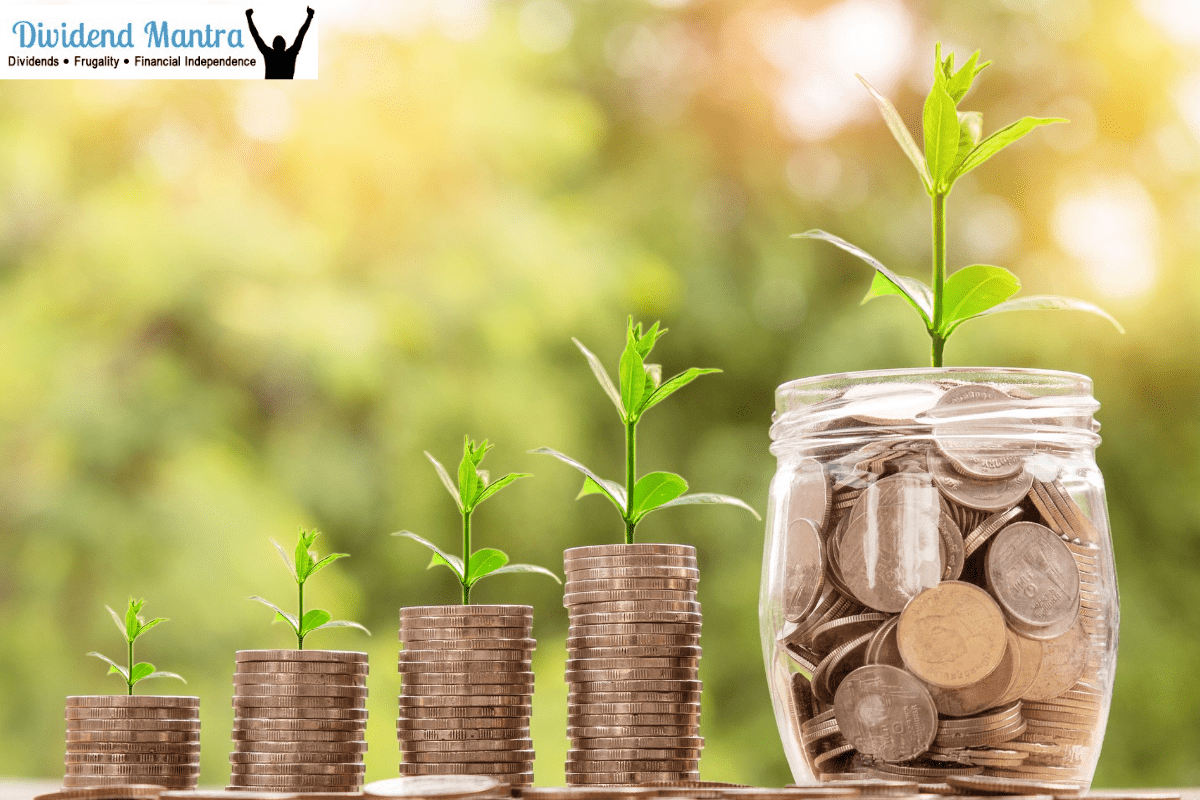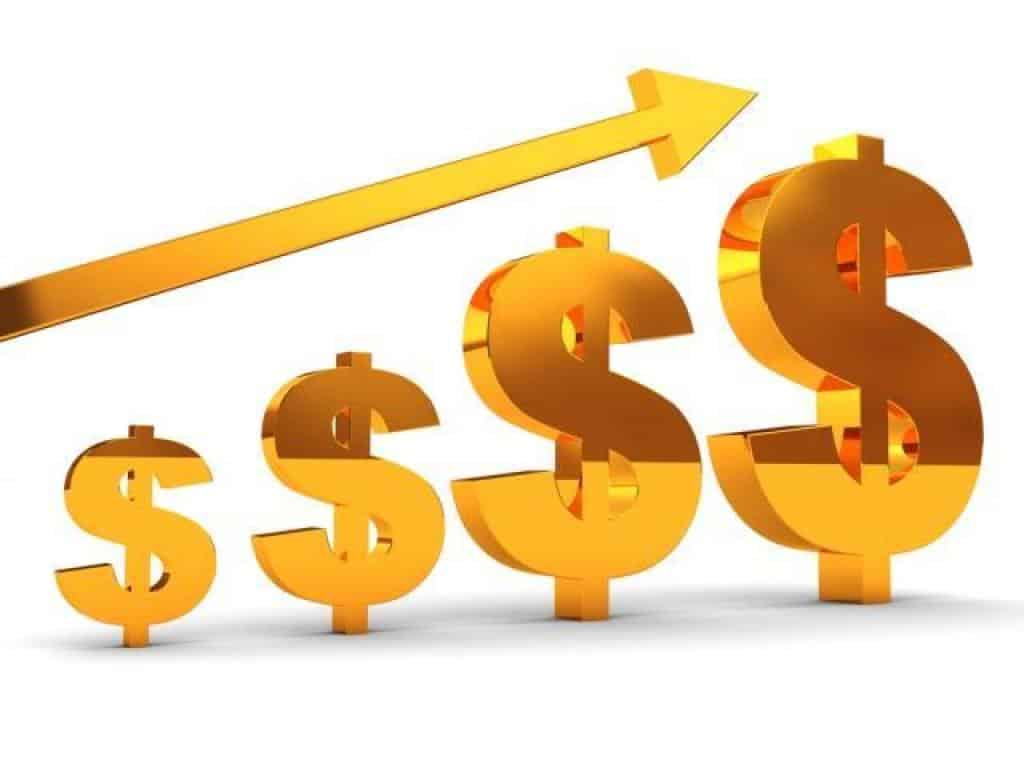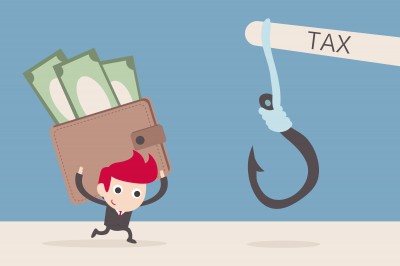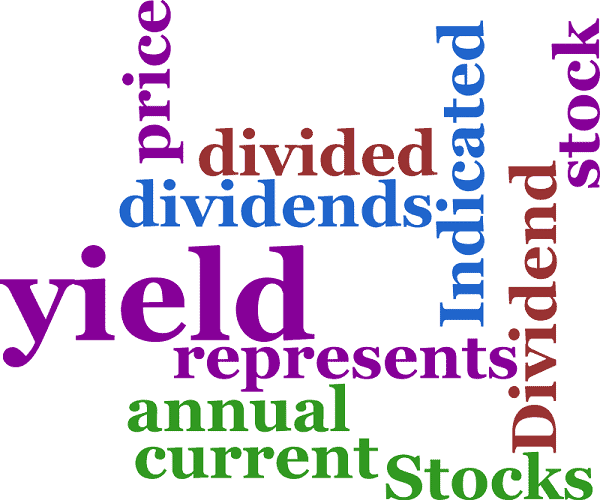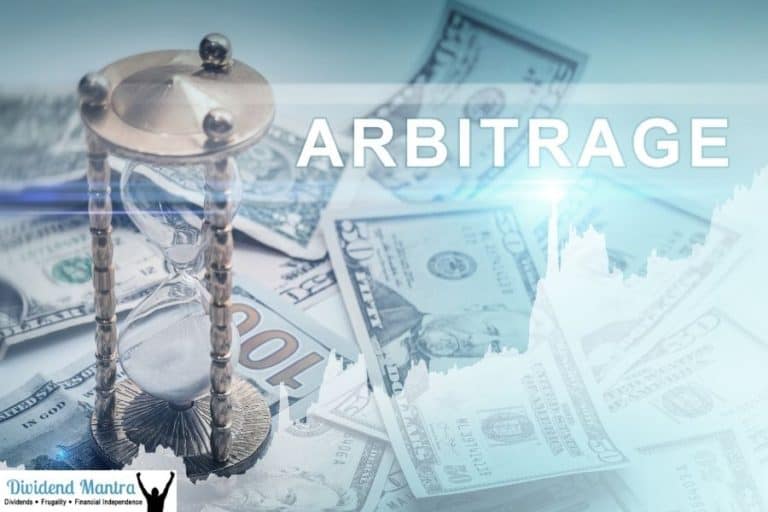The Effects of Dividend Yield and Dividend Policy on Common Stock Prices and Returns
When people speak about stock market performance, everyone generally thinks of capital gains (or losses); that is to say, the difference between the sale price and the purchase price of a share. But the dividend can make a very significant contribution to said performance when the investment horizon extends over several years.
Because they provide an always welcome additional performance when the stock market rises, and act as a shock absorber when it falls. Dividends are also a sufficiently interesting theme to represent a category of mutual funds. Many managers affirm it: the dividend can easily represent a third of the performance over a long period, i.e. over 10 or 15 years, a considerable asset for the clientele of these funds, logically attached to the preservation – and if possible to the progression – of its capital.
The famous professor and economist Jeremy Siegel is even more categorical: “97% of the gains on the Dow [Jones] since 1900 are made up of reinvested dividends”, he explains in his book “The Future for Investors”.
Dividends may have a significant impact on a stock’s value in a number of ways. In addition to the stock’s dividend history, the declaration and payment of dividends have a distinct and predictable influence on market prices.
What Is the Dividend?
It constitutes the remuneration granted to the shareholder who has taken the risk of investing in a listed company. It is drawn from the net profit distributed each year to the shareholders, which varies according to the company’s results. But it can also be deducted from the profits brought forward or in reserves. The dividend is also called a “coupon”, in reference to the period before the dematerialization of shares in the 1980s.
The Dividend Is Not Compulsory
Not all companies pay dividends, sometimes for lack of means, a sign of poor financial health, or by choice, the company preferring to use its financial resources to develop.
For example, a young innovative company seeking to impose its technology on a booming market will often prefer to devote its financial resources to its development. Conversely, a large multinational with recurring revenues operating in a mature market will frequently have a generous distribution policy with regard to its shareholders.
The Yield
To compare stocks that pay dividends, we first refer to the concept of yield, i.e the ratio between the dividend paid and the stock market price of a given share. Hence the term “yield value” is commonly used to refer to stocks that pay high dividends.
Dividends are a common way for investors to profit from their investments. For the issuing corporation, they are a mechanism to thank shareholders for their support and encourage more investment by distributing earnings to them. Dividends are also a way for a firm to publicly proclaim its achievements. In order for dividends to be distributed consistently, only firms that have a large amount of profits are able to do so.
How to Choose a Yield Value?
Past dividends do not predict future dividends. Shareholders of banks or car manufacturers can attest to this. Their coupon was indeed reduced to the bare minimum or removed, after the financial crisis, under pressure from the public authorities who came to the aid of these large groups.
On the other hand, it is sometimes necessary to be wary of excessively high dividends which can simply be explained by a sharp drop in the stock market price, and therefore reflect a deterioration in the economic situation of the company. To choose a yield value, it, therefore, seems wise to first check the distribution history, the regular and increasing payment of dividends demonstrating the earning capacity of a company. Common sense then simply recommends analyzing the situation of the company in question, its prospects for development, and profitability.
As noted, dividends can be given in cash or in the form of new shares of a company’s stock, although that isn’t always the case. Each investor’s payout is based on their present ownership interests in each situation.
Important Things to Keep in Mind
- In addition to distributing profits to shareholders, dividends serve as a signal to investors of a company’s health and development.
- Discounted dividend models can be used to estimate a stock’s worth because share prices indicate expected future cash flows.
- An ex-dividend stock often experiences a reduction in value due to new owners no longer being eligible for dividend payments.
- Short-term share values may be negatively impacted if dividends are paid out in shares rather than cash.
A Study on the Impact of Dividend Attitude
Investors choose stocks with a history of regular dividend payments. Dividends on common stock are not guaranteed, but many firms are proud to reward their shareholders generously each year with consistent—and occasionally increasing—dividends. Investors who buy and keep stocks are more likely to reap the benefits of dividend payments if a company follows this practice, which makes it a smart investment.
Investors are more likely to consider investing in a company if their dividend payments have been consistent in the past. The stock price naturally rises as additional investors join in to take advantage of this benefit, supporting the perception that the stock is strong. Public opinion tends to rise if a corporation releases a higher-than-normal payout.
For this reason, a firm’s decision to pay out a lower-than-usual dividend or none at all may be taken as a warning that the company is in trouble. The market impression is always more powerful than fact, even if the truth is that the company’s revenues are being utilized for other objectives, such as supporting growth. Many corporations strive to pay dividends on a regular basis in order to reassure investors who may view a missed payout as ominous.
How A Company’s Share Price Is Affected by a Dividend Declaration
The issuing corporation must announce the dividend amount and payment date before it may be dispersed. Additionally, the ex-dividend date is announced, which is the final day that shares can be acquired in order to collect the dividend. For the majority of companies, the date of issue occurs one business day in advance of the date of record.
When a dividend is declared, investors are more likely to buy shares. Investors are ready to pay a premium for a stock because they know they will get a dividend if they buy it before the ex-dividend date. Ex-dividend dates are preceded by a rise in the stock’s price, as a result. There is a correlation between the growth in price and the dividend amount, but the actual price change is determined solely by market forces.
Due to the fact that new investors will not be entitled to dividends after the ex-date, existing shareholders may push the stock price down by the amount of the payout.
A company’s price increase before the ex-dividend date may be greater than its dividend, resulting in a net gain despite the automatic decrease, if investors are overconfident in the stock. Small dividends may go missed because of the usual trading back and forth.
Many people buy dividend-paying equities at specific periods of the year. Before the ex-dividend date, some investors buy the stock and immediately sell it, netting a nice profit if all goes according to plan.
Dividends from Publicly Traded Companies
Despite the fact that stock dividends do not really raise the worth of investors at the time of distribution, they have the same effect on stock prices as cash dividends. Shares generally rise in value once a dividend is declared. Stock dividends, on the other hand, lower the book value per share since they increase the number of shares outstanding while the company’s value stays steady.
Ratio of Dividend Yield to Payout
In order to determine if a company is a good dividend payer, investors and analysts look at the dividend yield and dividend payout ratio (DPR). The dividend yield is a measure of an investor’s yearly return on investment, expressed as a percentage, on each share they hold, based on the cash dividends they receive.
In other words, dividend yield = the cost of a share X dividend paid out annually
If you want to compare your present dividend income with the prospective dividend income you may receive by investing in other stocks or mutual funds, you can use the dividend yield as a useful starting point. Even though the total investment return from owning the company has improved significantly, it is crucial to note that rises in share price diminish the dividend yield ratio in terms of overall investment returns. An increase in dividend yield is shown by a decrease in the share price; nevertheless, this might be an indication that the firm is having issues and lead to poorer total returns on investments.
It is thought that the dividend payout ratio is more relevant for analyzing the state of a company’s finances and the likelihood that dividend payments will be maintained or improved in the future. Using the dividend payout ratio, investors can see how much of a company’s net income is going to shareholders as dividends.
A company’s payouts may be reduced or even canceled during a recession. For example, if a dividend-paying corporation isn’t making enough money, it can consider cutting or eliminating payouts. To save money, for example, if Company A suffers a drop in earnings owing to a recession next year, it may decide to lower dividends.
Conclusion
Using three dividend policy indicators (dividend yield, dividend payment, and stock repurchases), we examined the link between stock price volatility and three dividend policy indicators. Dividend yield and policy may have a significant impact on whether or not a company is overvalued or undervalued at a given period in time, even though the stock price is also affected by other variables.

